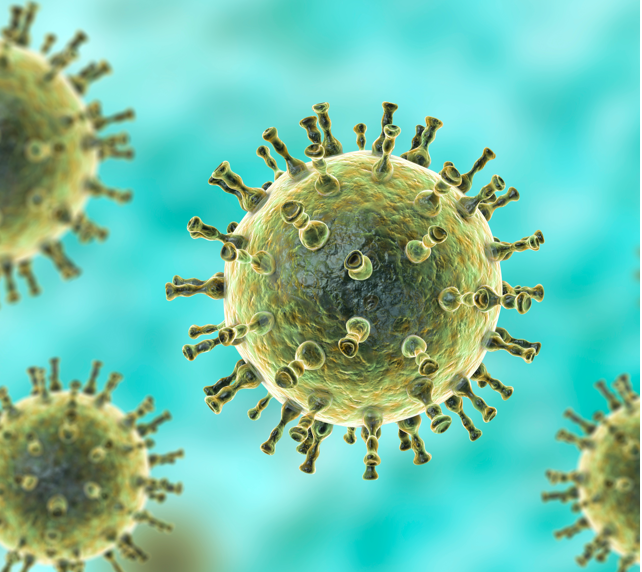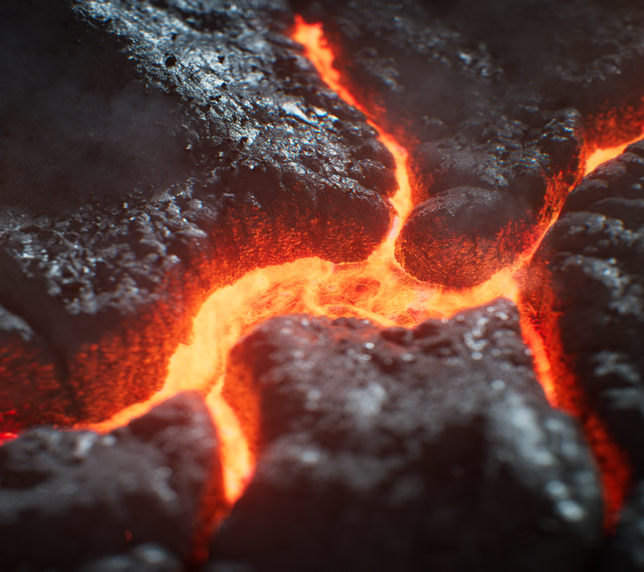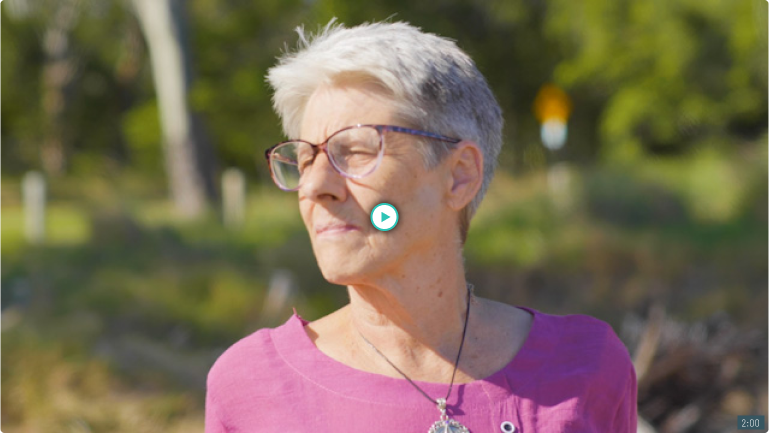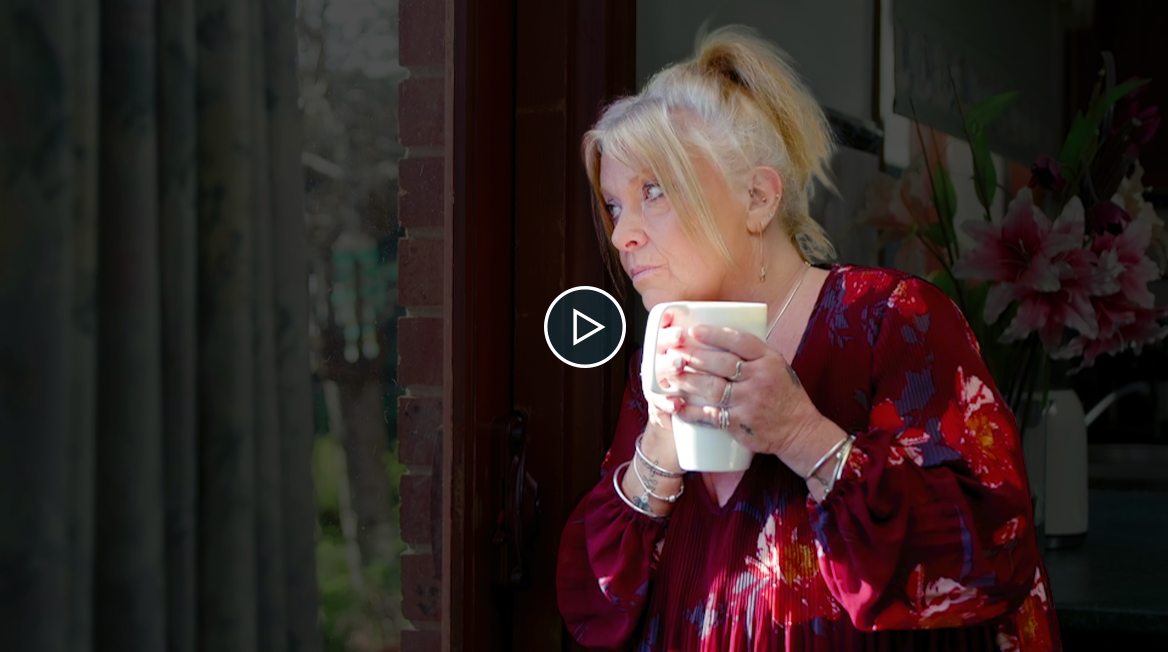Shingles FACTS
About 1 in 3 people will develop shingles in their lifetime, regardless of how healthy they may feel.1-4

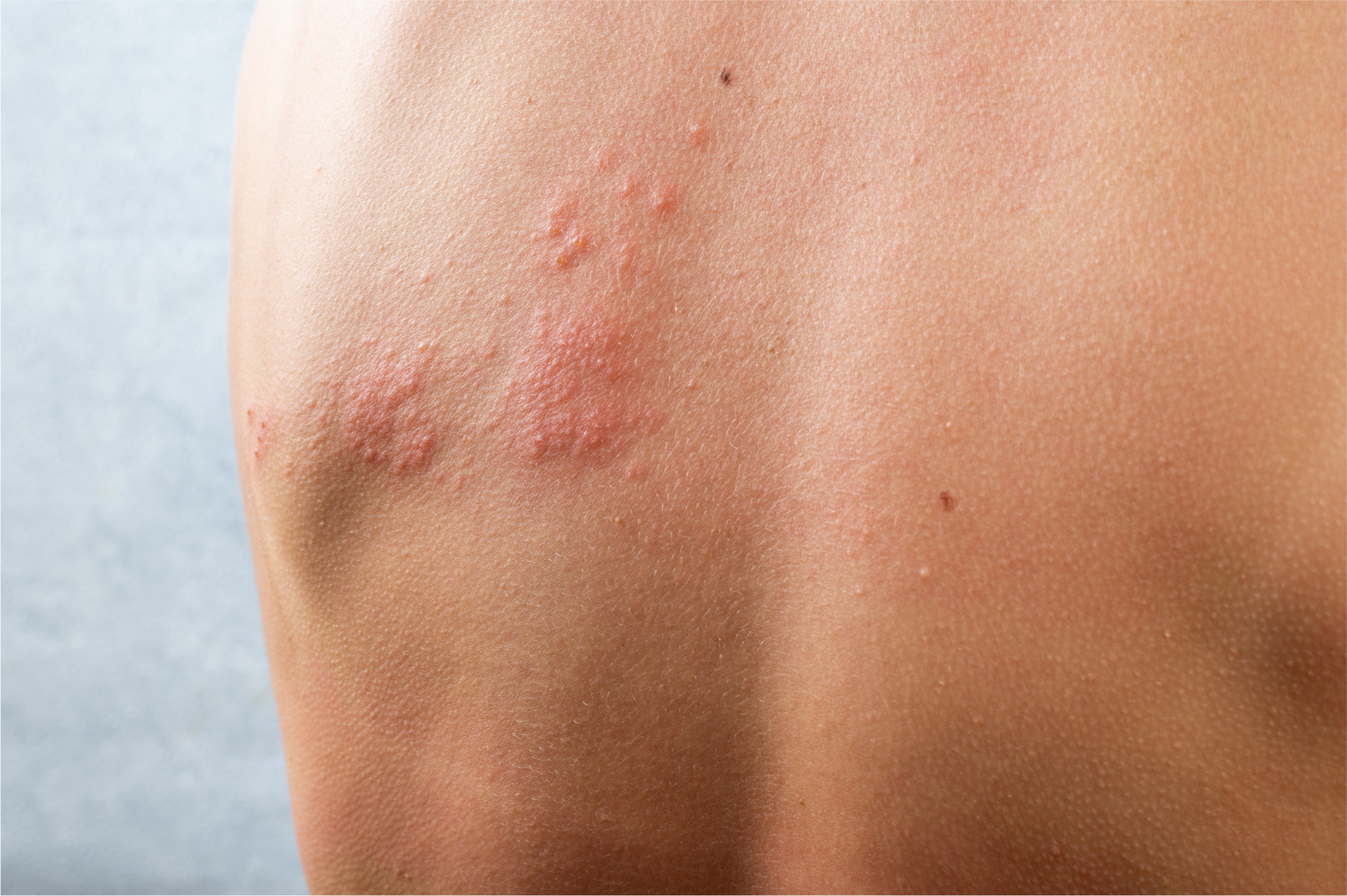
Hypothetical shingles case. Individual patients’ symptoms of shingles may vary.
.
Hypothetical shingles case. Individual patients’ symptoms of shingles may vary.
Don’t let shingles impact your life
Talk to a healthcare professional about shingles and how you can protect yourself today.
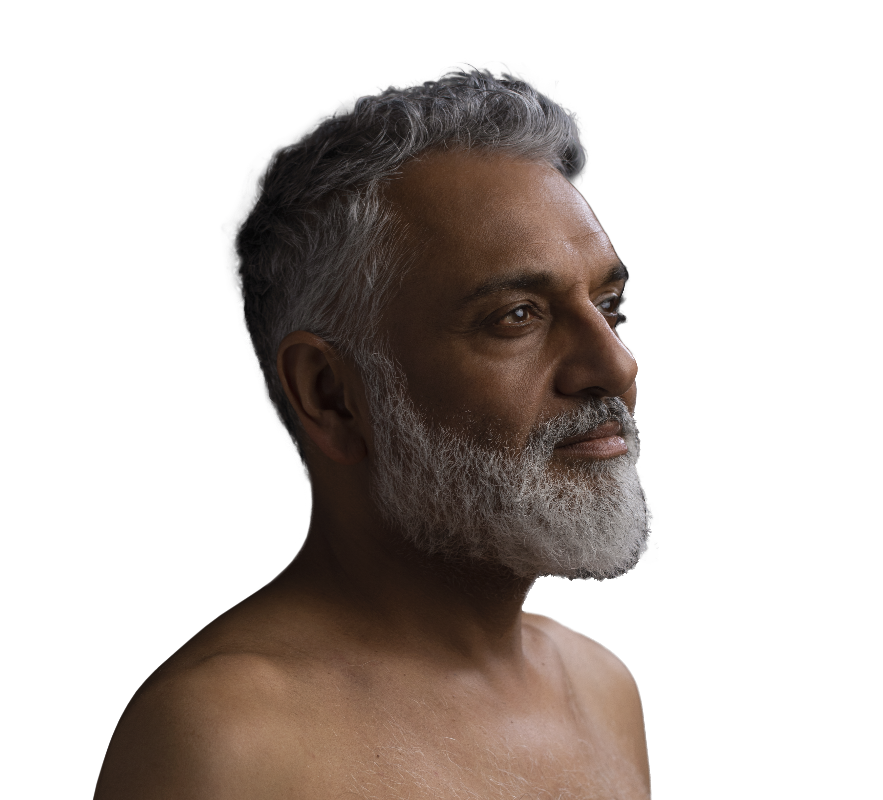
Hypothetical shingles case. Individual patients’ symptoms of shingles may vary.
.


